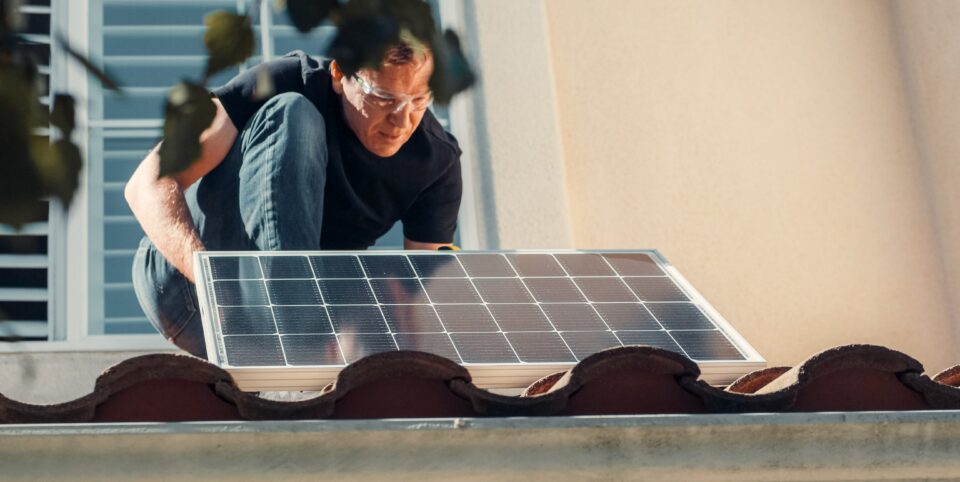Contact
020 4515 6728
info@ccameron.co.uk
Charles Cameron & Associates
Blackfriars Foundry
154-156 Blackfriars Road
London SE1 8EN
Type Filter - Articles and Blogs
Green premium for new homes
October 21, 2021
Information published was correct at the time of writing
--

Sustainability is one of the biggest challenges currently facing the house building industry. There is no question that property must become greener and more energy-efficient, and the government has pledged that all new homes should be zero-carbon by 2050. But building greener homes comes at an additional cost and, as yet, it’s unclear whether buyers are willing to pay that extra cost, and how they can be motivated to do so.
SUSTAINABILITY CREDENTIALS
One crucial measure of a home’s sustainability credentials is its Energy Performance Certificate (EPC) rating. The EPC scores the property’s energy use, carbon emissions and likely energy costs, out of a maximum of 100. This score corresponds to a grade of A to G, with A being the best grade, representing a score of 92 to 100. Since 2001, only 1% of the new homes built in England and Wales achieved an EPC A grade. Older properties rarely achieve this grade, with the majority achieving grades C, D or E.
BUYING DECISIONS
Increasingly more homebuyers are reporting that their decisions are driven by sustainability concerns, and that includes home-buying decisions. A recent survey found that 29% of buyers of new homes said that energy efficiency was the most important factor in their choice of property. However, because of the low number of green homes currently available in the UK, it is
difficult to judge whether this sentiment is reflected in sales. We are left with the debate of whether supply must be created first or demand.
GREEN FEATURES
Again, because sustainable homes make up such a small part of the market, it’s hard to collect sufficient data on this topic. To an extent, buyers are aware that green features, such as solar panels or smart thermostats, can lower the running costs of their homes and bring savings on energy bills. Findings from the survey suggest that homebuyers are willing to pay a premium for properties that include these features but put the figure at less than £3,000.
LARGER PROPERTIES
Data from the survey highlights that only larger properties come with a green premium (a higher price tag for sustainable features). Homes of under 1,000 square feet in sustainable developments have achieved a sales price just 1% higher than comparable, non-sustainable properties nearby. Highly sustainable homes of over 1,500 square feet have achieved a sales price 19% higher than comparable, non-sustainable properties. However, other factors, such as outdoor space and quality of design, may also have influenced this higher price point.



